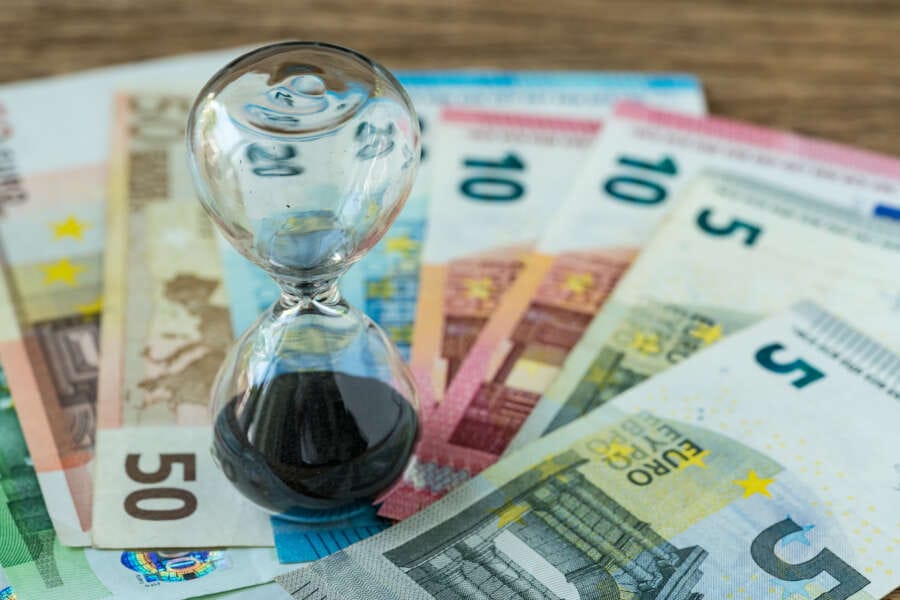
By Iona Silverman, Intellectual Property and Media Partner, and James Leavy, Trainee Solicitor
The FIFA World Cup is upon us once again. Arguably it is one of the greatest sporting events with nations competing for global pride and domination on the pitch. For FIFA, the host country and its roster of official sponsors and partners, the stakes are just as high but rather they comprise of revenue and recognition.
Companies such as adidas, Coca-Cola and Kia/Hyundai pay hundreds of millions of pounds for the exclusive right to advertise at individual tournaments. FIFA’s sponsorship revenue for this year’s World Cup in Qatar is estimated to be around £1.2 billion. It therefore goes to great lengths to protect its brand and its sponsors from other brands’ conventional and innovative marketing tactics. FIFA has a webpage dedicated to brand protection and it has produced the FIFA Intellectual Property Guidelines, a 27 page document detailing the rights and restrictions around marketing at this year’s event.
The Guidelines set out FIFA’s rights and privileges and are designed to prevent ambush marketing tactics seen at previous tournaments. They contain a non-exhaustive list of permitted and prohibited uses of World Cup associated signs. However, FIFA has made a point by stating that the guide should not be taken as script and used as a tool for marketing departments to evade liability. Ultimately, advertisers should be well informed of the law.
Trade mark registration is important mechanism for FIFA in defending its interests in the tournament. It has dozens of registered trade marks in the UK. For Qatar 2022, these include, but are not limited to:
- the official emblem
- the “La’eeb” mascot
- graphic representations of its trophy
- the FIFA logo
- word marks such as FIFA World Cup Qatar 2022, World Cup, World Cup 2022, Football World Cup, and Qatar 2022
- its official slogan “Now is All”
Unauthorised use of these trade marks, or any confusingly similar variations, will constitute trade mark infringement. The official typeface, both English and Arabic versions, are also protected. Any unauthorised use may also constitute copyright infringement.
Below is a summary of what FIFA is communicating to all unofficial advertisers:
What you can’t do
- Use any of the protected trade marks (examples above)
- Use any official Qatar 2022 logos, national team logos, designs, images or footage from the tournament
- Retweet or share official content on any social media platform for commercial benefit
- Use official hashtags for commercial benefit
- Use protected IP on mobile apps, websites, domain names/URLs or blogs
- Create competitions, prize draws, raffles or games using protected IP
- Use match tickets for promotions, competitions or customer incentives
- Create a replica match schedule or playoff bracket
- Distribute branded items in the area surrounding the tournament
Additionally, the usual rules around trade marks, copyright, designs and passing off should be borne in mind before deploying any marketing campaign. The use of player imagery, names or numbers may also be restricted by rights owned by individual players.
So, what can you do?!
- Use general football terms and imagery
- Use general Qatar related terms
- Use national flags
- Produce editorial or descriptive content, as long as there is no likelihood of confusion of a commercial association with the official event
- Seek local advice and be creative!
While it may be tempting to use #FIFAWorldCup2022 as part of a Twitter campaign to maximise reach, such use is prohibited. Generally, it’s safer to narrow the target audience to avoid infringement by promoting specific occasions using things like team and player names, stadium names, or individual stages of the tournament. FIFA has no ability to prevent the use of descriptive terms like “#Semi-Final2022”; “#EngvWales”, “#Qatar” or any sign that is not registered by FIFA.
If in doubt, it’s important to consider whether there a risk the advertisement or the wording around it could mislead the public into thinking there is a relation between your brand and the event or FIFA.
Getting It Wrong
Getting on the wrong side of FIFA may sound like an unnerving prospect, however, the Association is signalling it’ll be taking a carrot rather than a stick approach to tackle infringement. At least at first anyway.
Its focus is on “education and guidance” rather than legal threats and sanctions. As a first step it will open direct communication with the alleged infringer to highlight the issues and attempt to bring a halt to the contested action. Failing this, or in more serious cases, FIFA reserves its right to engage in legal proceedings in pursuit of financial compensation. However, it acknowledges that it will “not resort to such legal action without an in-depth analysis” of the alleged infringement.
FIFA is seemingly trying strike a cooperative tone whereby if third parties act in good faith and are compliant with the guidelines, legal action can be avoided. For this reason, advertisers should be clear on the legal restrictions in place but act creatively to strike a balance between compliance and impact.


